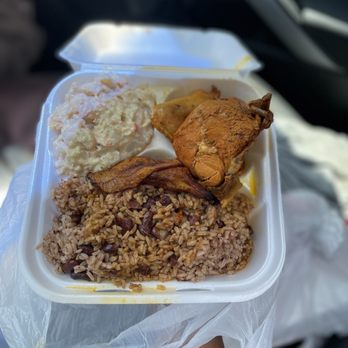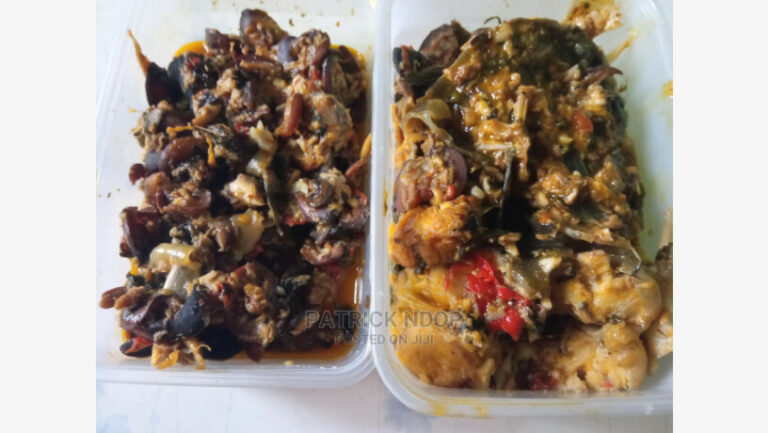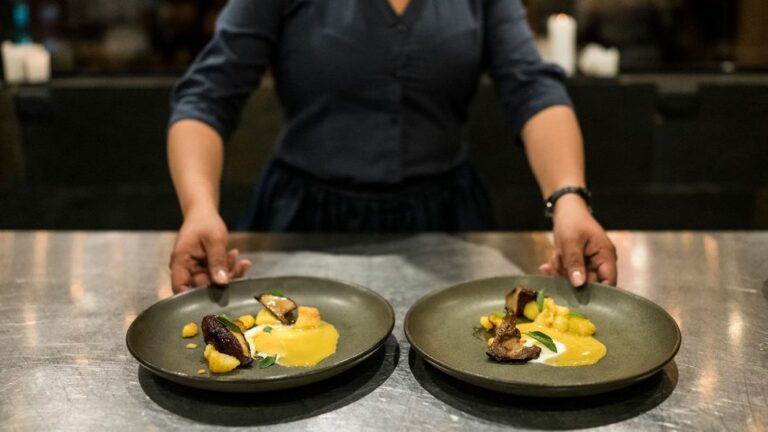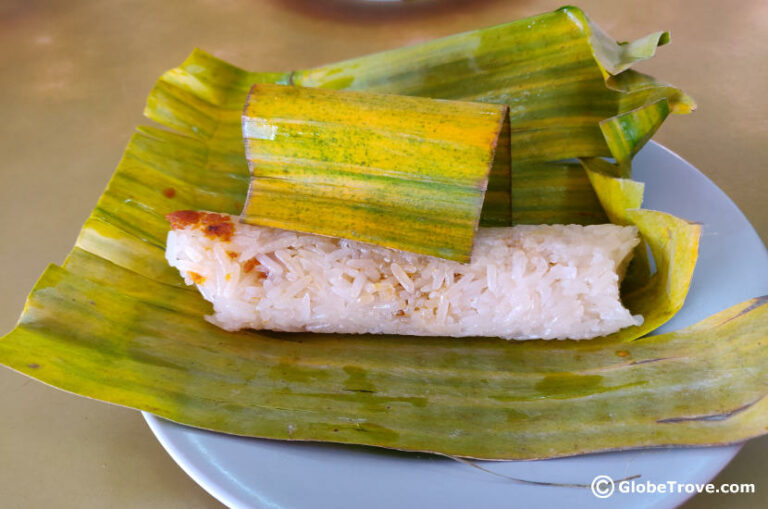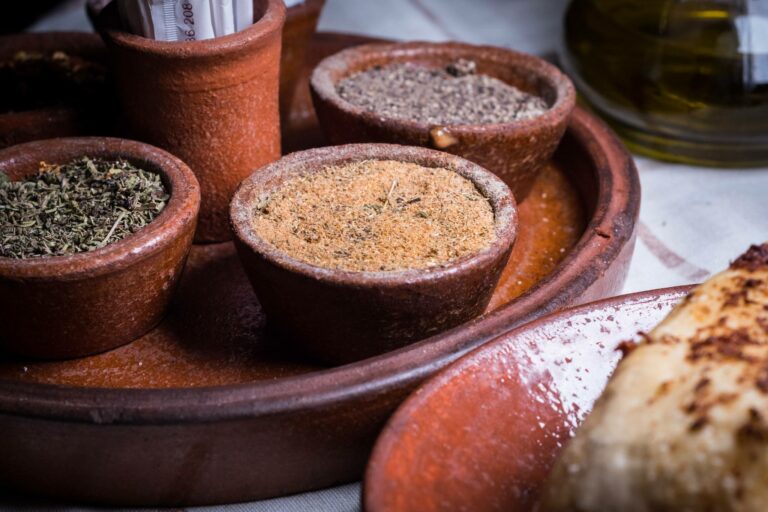Introduction: Belizean Cuisine and Dietary Restrictions
Belizean cuisine is a blend of various culinary influences, including indigenous, African, European, and Mexican. The country’s vibrant food culture has attracted food enthusiasts from all over the world. Many people wonder if there are any dietary restrictions in Belizean cuisine, considering the mix of cultural influences.
Belizean cuisine is generally accommodating to various dietary needs and preferences. However, like any other cuisine, there are some ingredients that people with certain dietary restrictions may need to avoid. In this article, we will explore the dietary restrictions that people with specific preferences may face when eating Belizean cuisine.
The Influence of Indigenous and Colonial Cuisine in Belize
Belizean cuisine traces its roots to the indigenous Mayans who lived in the region before the arrival of the Europeans. The Mayans were skilled agriculturalists who relied heavily on corn, beans, and squash in their diet. They also used chili peppers and other spices to flavor their food. Later, the British, Spanish, and African slaves who were brought to Belize introduced new ingredients and cooking techniques that eventually became part of Belizean cuisine. This blend of indigenous and colonial cuisine has created a unique food culture in the country that continues to evolve.
Common Ingredients in Belizean Cuisine
Belizean cuisine is characterized by its bold and spicy flavors. Common ingredients used in Belizean cuisine include rice, beans, plantains, cassava, and yams. Spices such as cumin, coriander, and garlic are also widely used in Belizean dishes. Coconut milk, which is a staple in many Caribbean cuisines, is also commonly used in Belizean dishes to add flavor and texture.
Vegetarian and Vegan Options in Belizean Cuisine
Vegetarian and vegan options are available in Belizean cuisine. Many plant-based dishes such as rice and beans, vegetable stews, and plantain dishes are popular in Belizean cuisine. However, some dishes may contain meat or animal products, so it’s important to check with the restaurant or chef before ordering.
Fish and Seafood in Belizean Cuisine
Belize is a country with a rich marine ecosystem, and seafood is a significant part of the cuisine. Popular seafood dishes in Belize include conch fritters, fish and chips, and shrimp ceviche. However, people with shellfish allergies need to be cautious when eating seafood in Belizean restaurants.
Meat and Poultry in Belizean Cuisine
Meat and poultry are also common in Belizean cuisine. Chicken, pork, and beef are popular meats used in dishes such as stewed chicken, pork chops, and beef patties. However, many dishes also have vegetarian alternatives or can be adjusted to accommodate dietary needs.
Dairy and Gluten-Free Options in Belizean Cuisine
People with dairy and gluten sensitivities may face some challenges when eating in Belizean restaurants. Dairy is commonly used in Belizean cuisine, especially in desserts such as flan and milk pudding. Gluten is also widely used in Belizean cuisine, especially in dishes that use flour-based products such as tortillas and empanadas. However, many restaurants offer gluten-free and dairy-free options, and it’s always a good idea to communicate your dietary needs to the restaurant staff.
Balancing Flavors and Nutritional Needs in Belizean Cuisine
Belizean cuisine is known for its bold and spicy flavors, but it’s important to balance flavor with nutritional needs. Many dishes are high in carbohydrates and fat, so it’s important to choose nutritious options such as fresh fruits and vegetables. Grilled or baked meats, seafood, and vegetable dishes are also great options for people who want to enjoy Belizean cuisine while maintaining a healthy diet.

